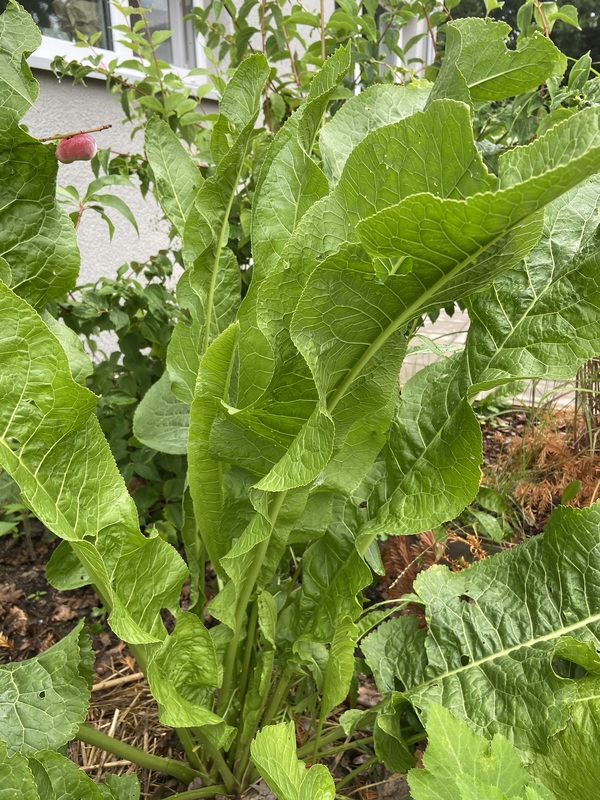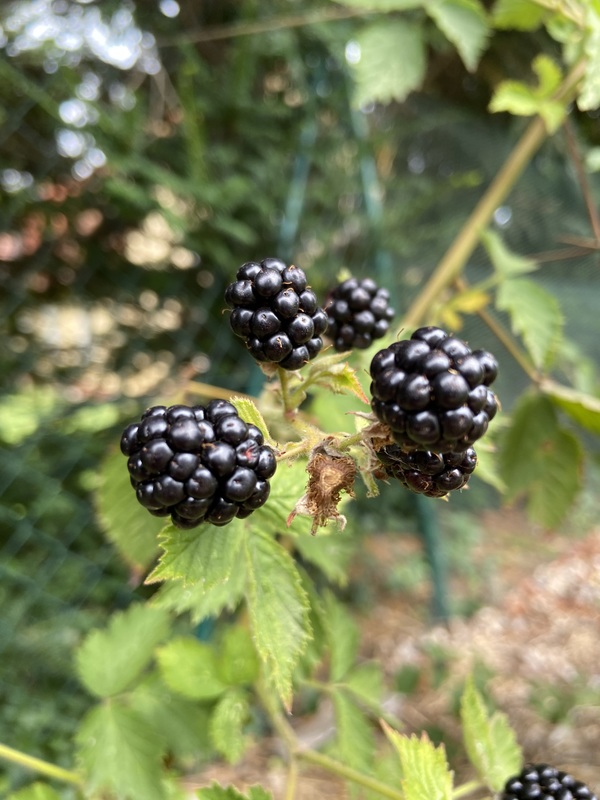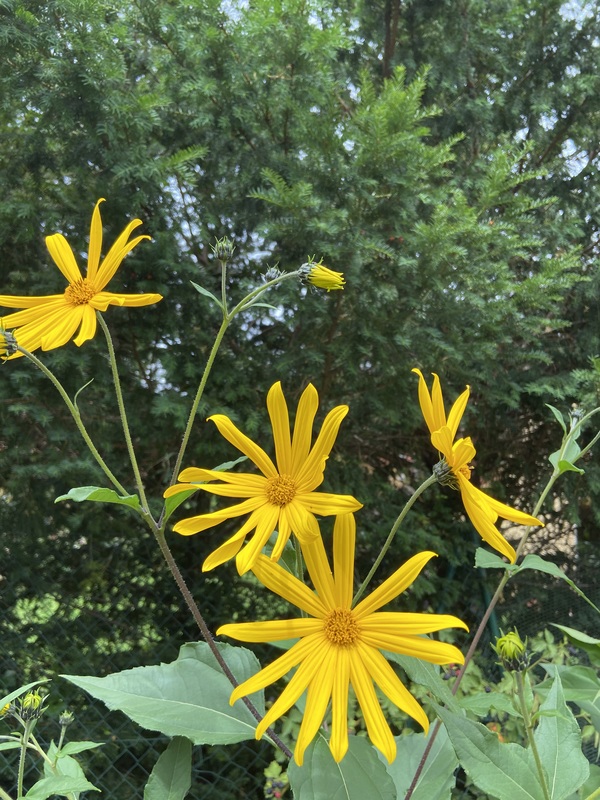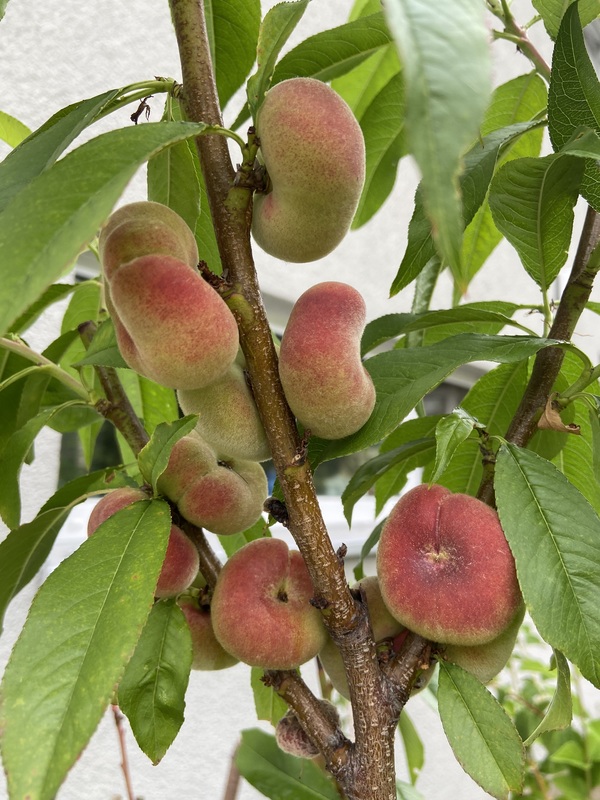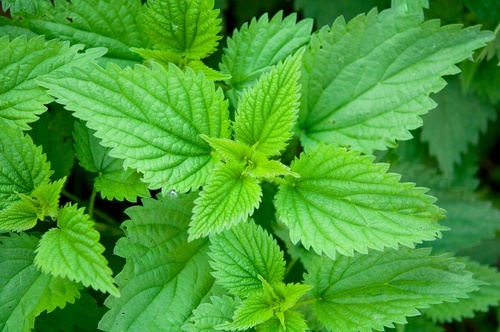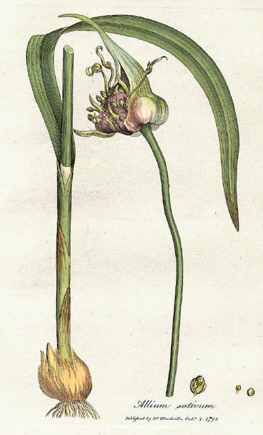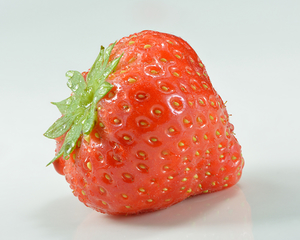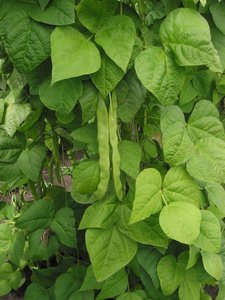Description
Sorrel, or Rumex acetosa, is a perennial herb that is native to Europe and Asia. It is a member of the Polygonaceae family, which includes other plants such as rhubarb and dock. Sorrel is known for its sharp, acidic flavor, which is often compared to that of lemon.
In terms of appearance, sorrel has long, arrow-shaped leaves that grow in a rosette pattern at the base of the plant. The leaves are green in color, with a reddish-brown midrib running down the center. Sorrel also produces small, reddish-green flowers on tall, slender stalks.
Sorrel typically grows to be about 1-2 feet tall, and it can spread to form a dense mat of foliage. It is a fast-growing plant, and it can be propagated easily through division of the root system. Sorrel is often distinguished from other plants by its unique flavor, as well as its arrow-shaped leaves and reddish flowers.
Sorrel prefers to grow in well-drained, moist soils in full sun to partial shade. It can tolerate a wide range of soil types, but it prefers soil that is slightly acidic. Sorrel is winter hardy, and it can be grown in USDA hardiness zones 3-10.
In terms of edibility, sorrel can be eaten raw or cooked. The leaves and young stems are the most commonly used parts of the plant, and they can be added to salads, soups, and stews. The flavor of sorrel is most pronounced when the leaves are young, so it is best to harvest the leaves early in the season. Sorrel can be stored in the refrigerator for a few days, or it can be frozen or dried for longer storage.
Sorrel has a number of uses in the garden and on the farm. It can be used as a ground cover to suppress weeds, and its sharp flavor makes it a natural insect repellent. Sorrel can also be used as a fertilizer, as it contains high levels of nitrogen and other nutrients. Additionally, the leaves can be used as a mulch to help retain moisture in the soil.
Sorrel is also valued for its medicinal properties. It has been used as a natural remedy for a wide range of ailments, including stomach aches, indigestion, and constipation. Sorrel can also be used as a natural diuretic, and it has been used to treat conditions such as gout and rheumatism.
In terms of wildlife value, sorrel is a favorite food of rabbits and other herbivores. The flowers of the plant also attract a variety of insects, including bees, butterflies, and hoverflies. This makes sorrel a valuable addition to any garden or farm that is looking to support a healthy ecosystem.
Propagation
The seeds need light to germinate. More easy to propagate by division in spring or autumn. Grows well in containers.
Foraging
Make sure not to confuse with the toxic https://permapeople.org/plants/arum-maculatum-cuckoo-pint



